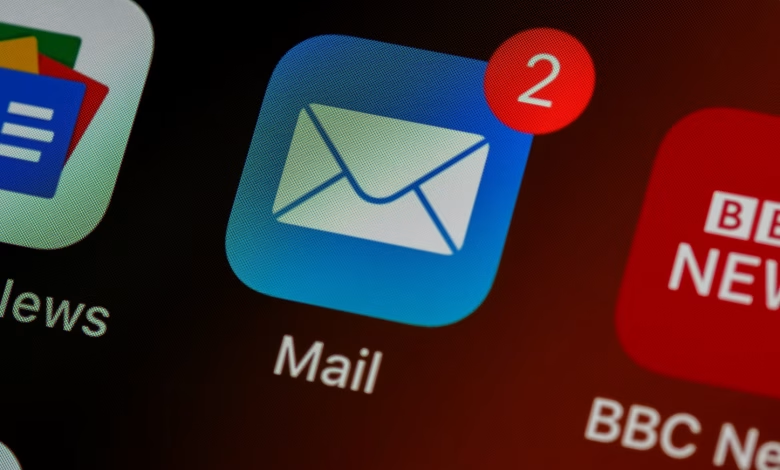
Gmail blocks more than 99.9 percent of spam and has cut B2B scam traffic by over a third, a triumph for everyday users but a slow bleed for anyone relying on cold outreach. Open rates are now sitting at around 36% and reply rates have slumped into the low single digits. For sales teams, the inbox hasn’t just become harder to reach, it’s become an adversary that learns with every send.
Why does this matter to business leaders and SMEs? Because outbound is still a critical channel for growth, particularly in legacy industries with long sales cycles where inbound demand rarely carries the load. But the game has changed. It is no longer enough to have clever copy or a polished sequence in your CRM. The hidden war for deliverability is fought on infrastructure, data, and reputation. A sales email that is beautifully written but sent from an unverified domain may as well never exist. Conversely, even the driest of outreach can land if it passes technical checks and earns engagement.
Deliverability, at its core, is a trust economy
Filters reward those who respect the rules of authentication and punish those who cut corners. They measure sender reputation not just by technical compliance but by how recipients behave. Do people open your messages, reply or forward them? Or do they delete and mark as spam? Reputation is now a rolling scorecard, and it only takes a handful of complaints to drag an entire domain into the mud. The irony is that while sales teams obsess over copywriting hacks, the fundamentals matter more than ever – have you sent the right email, to the right person, at the right time? If recipients actually like your emails, they will not report you. Your reputation stays intact, and the filters leave you alone.
Of course, technical safeguards remain indispensable. Domains must be warmed gradually rather than flung into action on day one. Sending patterns must look organic, not robotic. Spintax and message variation can help avoid the linguistic fingerprints that filters love to flag, but they are no replacement for authentic engagement. Rotation of domains and IPs can provide resilience, yet this must be done with integrity and relying on sketchy infrastructure providers is a shortcut to suspension. The filters do not distinguish between a reseller’s side hustle and a startup’s growth strategy, they simply block.
What about the role of AI itself?
Here’s the twist: the same technology that is tightening the noose can also be harnessed by sales teams. Modern tools can now analyse spam scores before a message is sent, automate warm-up schedules, classify bounces in real time, and adjust sending volume based on deliverability signals. They can even help model language that adapts to filter heuristics, shifting tone or structure dynamically to improve inbox placement. Yet these tools are not magic bullets. They work only when layered on a solid foundation of authentication, clean data, audience relevance and human oversight.
There is also an emerging recognition that cold emails cannot exist in a silo. Companies experimenting with multi-channel approaches, pairing email with LinkedIn, retargeting ads, or even old-fashioned phone calls, are reporting far more stability. When filters inevitably curtail volume, these parallel tracks preserve momentum. Deliverability, in this sense, is not just a technical battle but a strategic rebalancing of how businesses engage prospects across the board.
So what should leaders actually do?
First, audit the basics. Broken Sender Policy Framework (SPF) or Domain-based Message Authentication, Reporting and Conformance (DMARC) records are surprisingly common and can tank an entire program. Second, demand higher standards from your teams or providers: no more buying lists, no more mass blasts. Third, rethink your metrics. An open rate of 28% may seem average at best, but in 2025 it could be the deciding factor between staying relevant and becoming invisible. Finally, remember that filters learn. Every complaint, every bounce, every disengaged recipient trains them to treat you with suspicion. Discipline, patience, and relevance are not optional, they are the new competitive moat.
The hidden war for deliverability is not glamorous. There are no viral wins, no quick hacks that guarantee success. Instead, there is infrastructure to configure, audiences to segment, and reputations to protect. The battle is invisible, but the stakes are not. Ignore it, and your outreach dies silently in spam folders. Respect it, and the inbox becomes a gateway. In the end, the companies that win will not be those who shout the loudest, but those who learn to connect with the right people, at the right time, in a language that both humans and machines respect.




